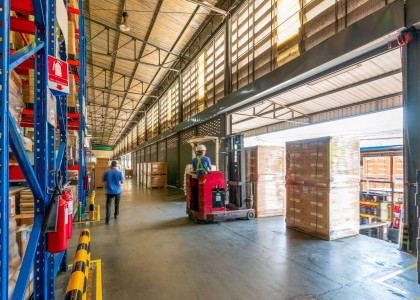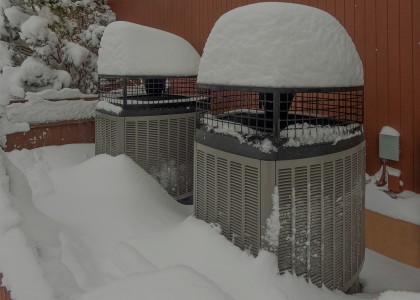Much of the current debate surrounding the climate and energy bills in Congress has centered on the industrial sector. Manufacturers and lawmakers are concerned that greenhouse gas regulations imposed on the industrial sector could unduly increase costs for manufacturing production and force some U.S. industries to move overseas.
A recent study by McKinsey & Company2 found that the manufacturing sector has a large amount of no- or low- cost opportunities to reduce greenhouse gas emissions, mostly through implementation of energy efficiency projects. McKinsey found that the manufacturing sector could reduce its emissions by over 30 percent through these opportunities. These findings are consistent with what ACEEE has found over the past two decades. Why, then, hasn't the industrial sector made these investments that can help reduce energy costs, lower emissions, and stay globally competitive and sustainable for the long term?
The barriers to investment in energy efficiency infrastructure and energy management are complex, as ACEEE has noted in recent testimony to the Senate Energy Committee.3 While some of the barriers are longstanding hurdles, the recent economic downturn has affected the manufacturing sector in a more profound way than has been seen in other sectors of the economy.
Beginning in the second quarter of 2008, manufacturing output in the U.S. began to decline as the economy began to slow. U.S. industries experienced a sharp drop in production as demand for manufactured goods dropped precipitously in the last quarter of that year. Industrial firms are now hibernating in an attempt to survive the economic winter. They need the cash to preserve their manufacturing capacity and to retain the trained workforce necessary to return to operation when demand for manufactured goods recovers. Some may ask why industry does not invest in energy efficiency now, while their plants are shut down and staff is not otherwise occupied. The reality is that if plants shut down, firms stop generating cash flow, and in the current economic environment, no one knows when consumer demand for manufactured goods will return. Because of this uncertainty, most firms are in no position to invest.
As ACEEE's Senate Energy Committee testimony4 from last spring noted, when the economy recovers, the manufacturing sector will find itself in need of significant investment in new manufacturing capacity, and will face the need for a trained workforce. This renewed investment in expanded and modernized manufacturing capacity will represent a unique opportunity not seen in over a generation. To accomplish this, however, the knowledge and skilled workforce necessary to support a more sustainable industrial base must be put in place now, before industry is fully ready to invest. This infrastructure will take several years to implement fully, but it will be imperative in order for manufacturing firms to modernize, especially since we have underinvested in this infrastructure over the past decade.
Energy efficiency programs have had difficulty penetrating the industrial sector in large part due to the heterogeneity of the sector, and the fact that industrial and manufacturing firms are first and foremost focused on producing manufactured goods, and not necessarily on saving energy. While energy waste is certainly a cost to industrial companies—and a cost that most companies would like to reduce—it is often mistakenly considered peripheral to the company's operations, beyond what can be controlled. In many cases, decisions about energy use and capital are not made by the same people. Therefore, substantial capital investment in more energy efficiency technologies may not occur, even if a facility or shop manager understands its value. As the current recession continues to impact capital markets and long-term industrial investment decisions, encouraging investments in energy efficiency will continue to prove difficult.


